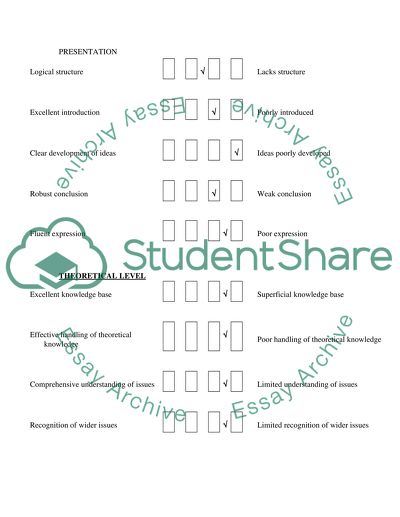Cite this document
(“Wound care management Essay Example | Topics and Well Written Essays - 3750 words”, n.d.)
Retrieved from https://studentshare.org/nursing/1404112-wound-care-management
Retrieved from https://studentshare.org/nursing/1404112-wound-care-management
(Wound Care Management Essay Example | Topics and Well Written Essays - 3750 Words)
https://studentshare.org/nursing/1404112-wound-care-management.
https://studentshare.org/nursing/1404112-wound-care-management.
“Wound Care Management Essay Example | Topics and Well Written Essays - 3750 Words”, n.d. https://studentshare.org/nursing/1404112-wound-care-management.


